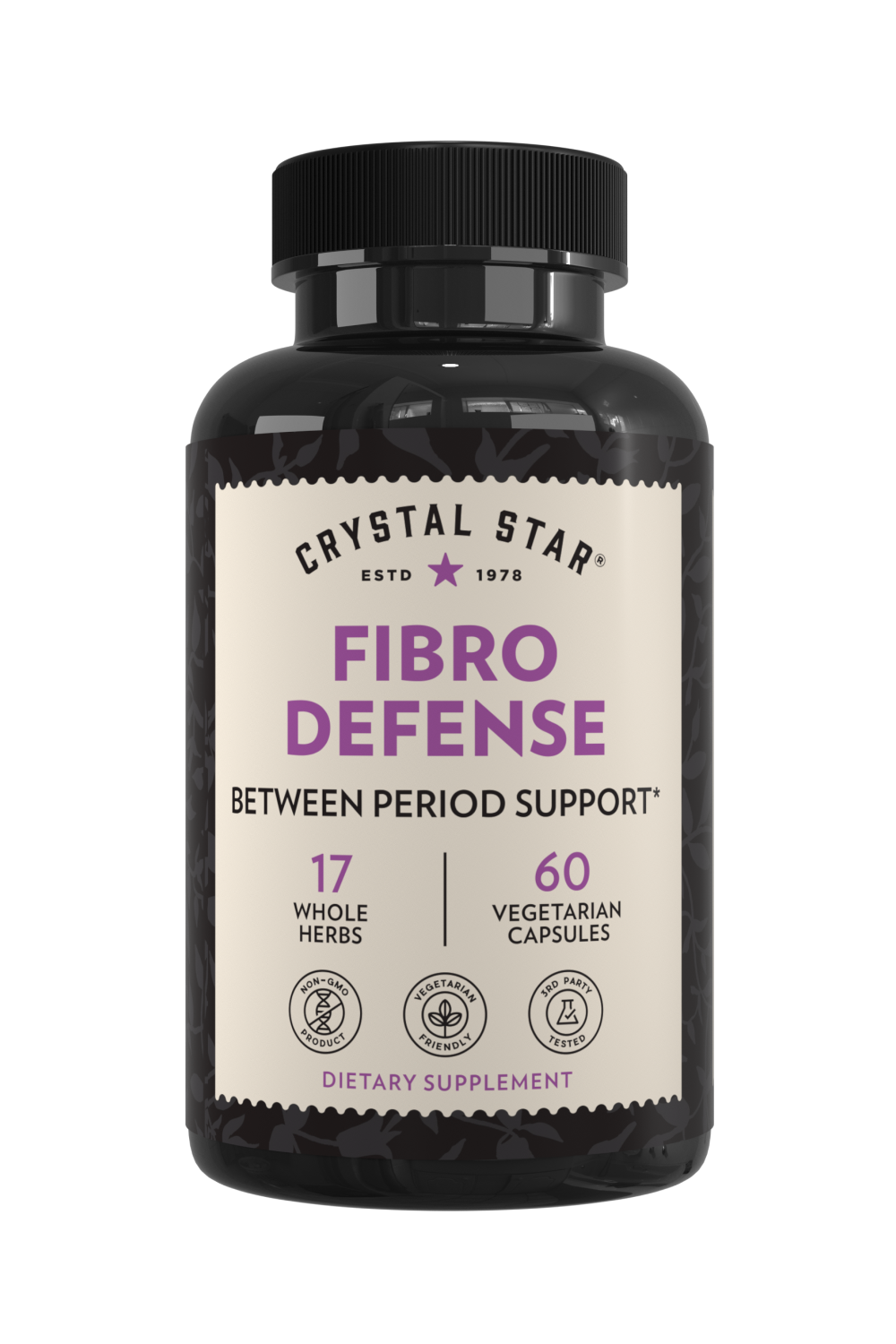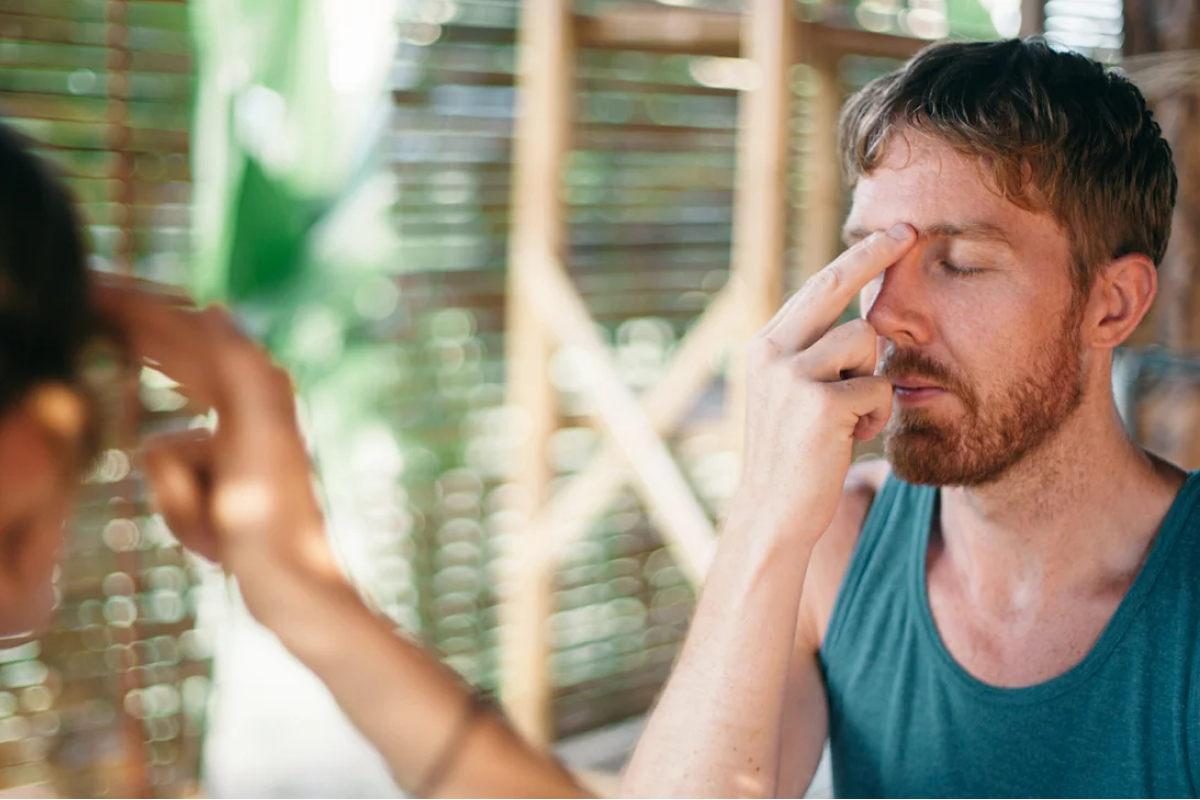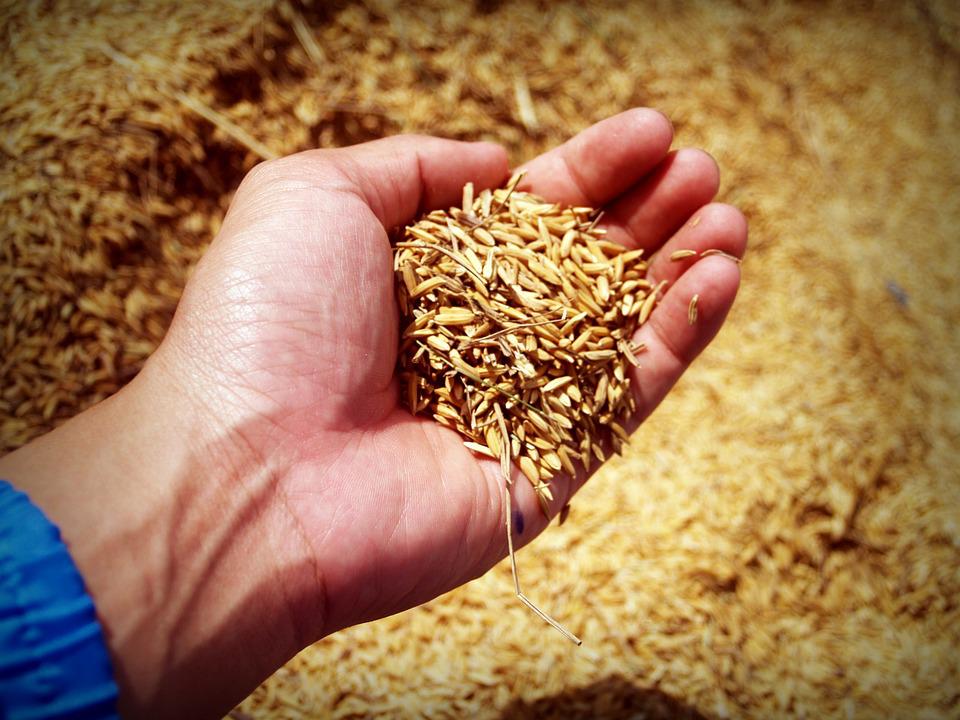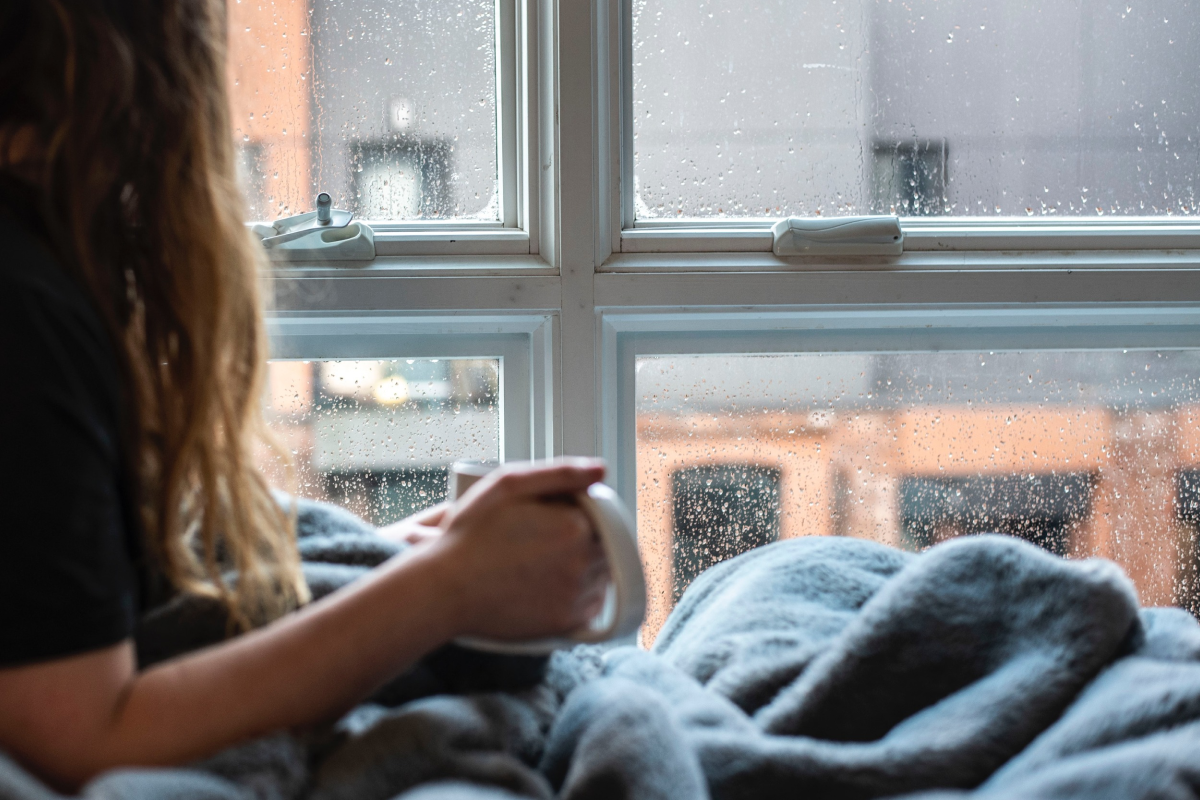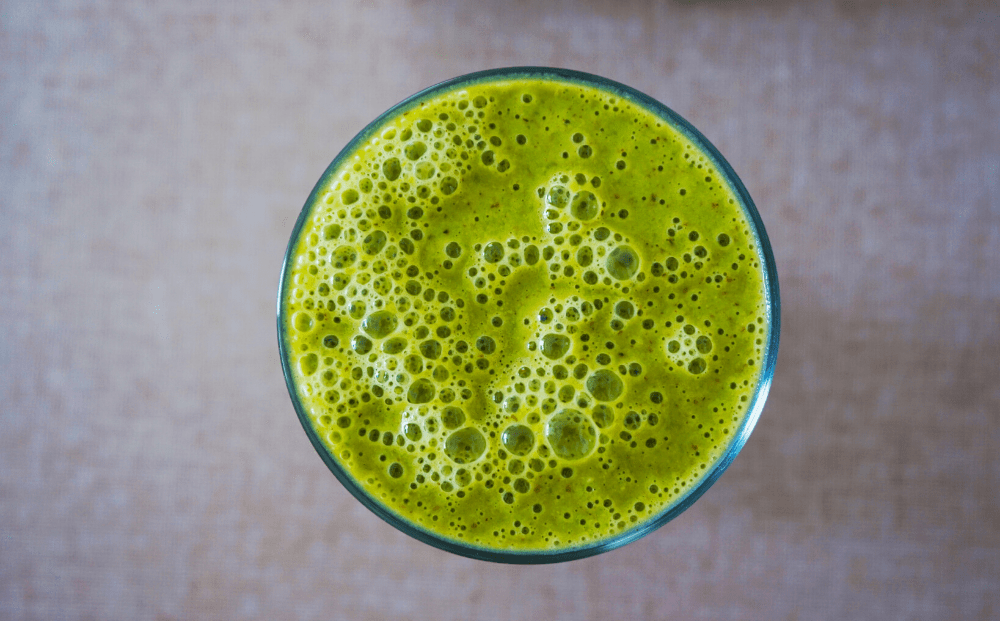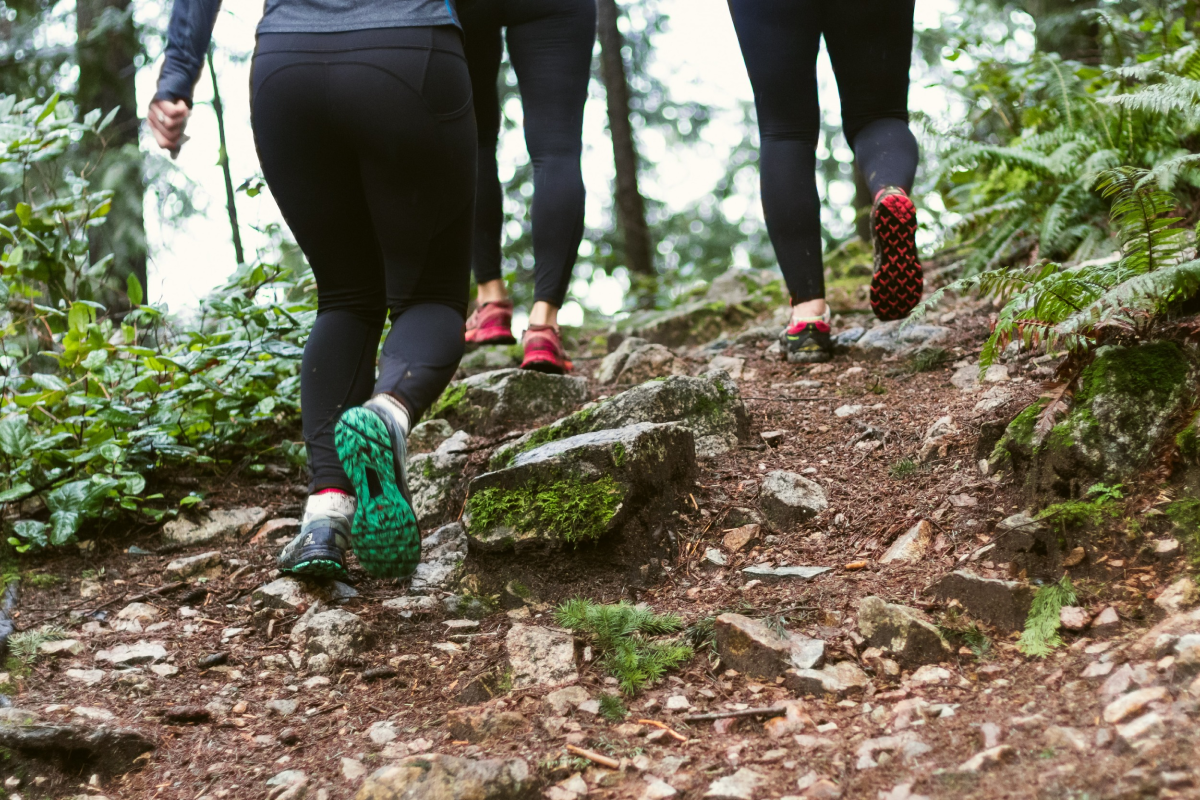
Mar 12, 2020
10 mins read
What are essential oils and how can you use them?
Essential oils (EOs) are chemical components that come directly from plants and have the potential to positively affect the mind and body. Specifically, essential oils are concentrated, volatile (can evaporate easily at normal temperatures) compounds that can be found in the leaves, flowers, stems, bark, roots, and resins of plants. These compounds contain many therapeutic properties and are mainly extracted via distillation—which includes water, steam, or a combination of the two. However, some EOs, like citrus oils, are commonly cold-pressed since the essential oil is found in the peel. Citrus oils can also be steam distilled, but it is less common. Since each essential oil has multiple therapeutic properties, each individual oil can be useful for a number of situations. They’re incredibly versatile and frequently used in topical or inhaled formulations to support health, as well as formulations for skin care and natural cleaning products. In addition to containing valuable therapeutic properties, essential oils are also very fragrant. However, these plant extracts are not water-soluble—meaning they do not disperse in water—and they are also heat sensitive. In fact, if exposed to heat or sunlight for extended periods, essential oils may lose their potency and/or oxidize. This change in the oil’s chemistry increases the chances of skin irritation and makes them unsuitable for topical use.
 Diffusion is by far the easiest and safest way to use essential oils and is ideal for the home or (scent-tolerant) workplace. For diffusion, a specific number of EO drops—often diluted with water—are placed into a diffusing device or oil burner. The diffuser then exposes the EOs to heat, air pressure, or rapid vibrations, turning the oils into a fine mist. Please be aware that while there is less room for an adverse reaction with diffusion it is still possible. For instance, many pets like birds, cats and dogs are not able to tolerate essential oil diffusers in their environment. For more information on diffusing essential oils for health, check out Flu season is here. Can essential oils help?
Diffusion is by far the easiest and safest way to use essential oils and is ideal for the home or (scent-tolerant) workplace. For diffusion, a specific number of EO drops—often diluted with water—are placed into a diffusing device or oil burner. The diffuser then exposes the EOs to heat, air pressure, or rapid vibrations, turning the oils into a fine mist. Please be aware that while there is less room for an adverse reaction with diffusion it is still possible. For instance, many pets like birds, cats and dogs are not able to tolerate essential oil diffusers in their environment. For more information on diffusing essential oils for health, check out Flu season is here. Can essential oils help?
 Topical application of essential oils involves applying them directly to the skin after diluting them in a carrier oil or prepared body care product. In general, EOs should not be applied to the skin undiluted, as even the gentlest oils can cause adverse reactions. A good rule of thumb is to always dilute EOs with a skin-safe carrier oil such as coconut oil or jojoba oil. Please note that appropriate dilution amounts vary for each individual, so it’s important to know what those amounts are. Some good dilution rules of thumb: For children ages six-to-ten, a carrier oil should contain only .5% of essential oil. A 1% dilution is best for older children, the elderly, those with sensitive skin, or facial applications. For all other healthy adults limit your essential oil concentration to 2%. For easier at-home essential oil use, check out this dilution calculator.
Topical application of essential oils involves applying them directly to the skin after diluting them in a carrier oil or prepared body care product. In general, EOs should not be applied to the skin undiluted, as even the gentlest oils can cause adverse reactions. A good rule of thumb is to always dilute EOs with a skin-safe carrier oil such as coconut oil or jojoba oil. Please note that appropriate dilution amounts vary for each individual, so it’s important to know what those amounts are. Some good dilution rules of thumb: For children ages six-to-ten, a carrier oil should contain only .5% of essential oil. A 1% dilution is best for older children, the elderly, those with sensitive skin, or facial applications. For all other healthy adults limit your essential oil concentration to 2%. For easier at-home essential oil use, check out this dilution calculator.
 While the number of marketed essential oils grows daily, not all plants produce them since many of their compounds can’t withstand the distillation process. Additionally, not all plants that produce EOs have therapeutic value. For example, the mugwort plant produces an essential oil, but the oil is toxic and unsuitable for use. On the other hand, some plants may produce multiple EOs. For instance, the bitter orange (Citrus aurantium) tree produces three types of therapeutic essential oils:[2]
While the number of marketed essential oils grows daily, not all plants produce them since many of their compounds can’t withstand the distillation process. Additionally, not all plants that produce EOs have therapeutic value. For example, the mugwort plant produces an essential oil, but the oil is toxic and unsuitable for use. On the other hand, some plants may produce multiple EOs. For instance, the bitter orange (Citrus aurantium) tree produces three types of therapeutic essential oils:[2]
 Essential oils are extracted from the leaves, flowers, stems, bark, roots, and resins of plants. A significant amount of plant matter is required to produce a small amount of essential oil, making them highly concentrated. For this reason, essential oils are different from whole herbs and should not be taken internally. Essential oils have been around since distillation methods were developed by the 18th century. That said, some researchers believe that distillation extraction of essential oils was first practiced as early as 3000 BC. As you can see, essential oils are not only fascinating, they’re incredibly useful as well. As concentrated plant extracts, they contain numerous therapeutic compounds in every single drop. Additionally, they can , since they work on the respiratory and immune systems, as well as certain regions of the brain. And while you should always take safety precautions and dilute oils for topical application, essential oils can truly be a valuable addition to your natural lifestyle. Nicole Stine is a certified herbalist who thoroughly enjoys researching and writing about herbs, essential oils, and natural health. She’s passionate about using herbs and essential oils safely and loves sharing her passion with others. She currently resides in the Midwest with her husband and two boys.
Essential oils are extracted from the leaves, flowers, stems, bark, roots, and resins of plants. A significant amount of plant matter is required to produce a small amount of essential oil, making them highly concentrated. For this reason, essential oils are different from whole herbs and should not be taken internally. Essential oils have been around since distillation methods were developed by the 18th century. That said, some researchers believe that distillation extraction of essential oils was first practiced as early as 3000 BC. As you can see, essential oils are not only fascinating, they’re incredibly useful as well. As concentrated plant extracts, they contain numerous therapeutic compounds in every single drop. Additionally, they can , since they work on the respiratory and immune systems, as well as certain regions of the brain. And while you should always take safety precautions and dilute oils for topical application, essential oils can truly be a valuable addition to your natural lifestyle. Nicole Stine is a certified herbalist who thoroughly enjoys researching and writing about herbs, essential oils, and natural health. She’s passionate about using herbs and essential oils safely and loves sharing her passion with others. She currently resides in the Midwest with her husband and two boys.
References: [1] https://www.medicalnewstoday.com/articles/10884.php#using_aromatherapy [2] https://www.ncbi.nlm.nih.gov/pmc/articles/PMC6073409/ [3] https://tisserandinstitute.org/learn-more/bitter-orange-same-plant-three-different-oils/ [4] Robert Tisserand, The Art of Aromatherapy, (Saffron Walden, The C.W. Daniel Company, LTD., 1977), 18-19. [5] Schutes, Jade, Foundations of Aromatherapy, (New York, New York Institute of Aromatic Studies), 5. [6] Julia Lawless, The Illustrated Encyclopedia of Essential Oils (Barnes & Noble, INC, 1995), 18. [7] Jennifer Peace Rhind, Essential Oils: A Handbook for Aromatherapy Practice (London: Singing Dragon, 2012), 17. [8] https://www.oilsandplants.com/valnet.htm [9] Tisserand, The Art of Aromatherapy, 43. [10] Tisserand, The Art of Aromatherapy, 43.
How do essential oils work on the body?
Essential oils work on the body and mind in numerous ways, and are frequently used to promote emotional and physical health. When inhaled, these oils pass through the mouth and nose and travel to the brain. Once in the brain, they can interact with the limbic system—the brain region responsible for emotions, hormones, breathing, stress, and memory.[1] This is why essential oils with mood-boosting properties or those that are calming to the nervous system are often inhaled as a vapor. Additionally, since EOs can also enter the lungs during inhalation, those with decongestant, expectorant, and mucolytic (mucus-busting) properties are most commonly inhaled. However, essential oils can also aid the body when applied topically. With dermal application, the EOs penetrate the skin, enter the bloodstream, and then travel throughout the body. Essential oils with anti-inflammatory properties or those that support skin health are often used topically. Furthermore, using massage to apply the (diluted) oils may help increase circulation—which helps stimulate blood and oxygen flow throughout the body. For this reason, combining massage and topical EOs is common practice among aromatherapists and essential oil users.How do you use essential oils?
Generally speaking, essential oils are used in three ways: diffusion, topical application, and internal usage. It’s important to note that although some methods are safer than others, safety precautions should always be taken, no matter the method of use.Diffusion
 Diffusion is by far the easiest and safest way to use essential oils and is ideal for the home or (scent-tolerant) workplace. For diffusion, a specific number of EO drops—often diluted with water—are placed into a diffusing device or oil burner. The diffuser then exposes the EOs to heat, air pressure, or rapid vibrations, turning the oils into a fine mist. Please be aware that while there is less room for an adverse reaction with diffusion it is still possible. For instance, many pets like birds, cats and dogs are not able to tolerate essential oil diffusers in their environment. For more information on diffusing essential oils for health, check out Flu season is here. Can essential oils help?
Diffusion is by far the easiest and safest way to use essential oils and is ideal for the home or (scent-tolerant) workplace. For diffusion, a specific number of EO drops—often diluted with water—are placed into a diffusing device or oil burner. The diffuser then exposes the EOs to heat, air pressure, or rapid vibrations, turning the oils into a fine mist. Please be aware that while there is less room for an adverse reaction with diffusion it is still possible. For instance, many pets like birds, cats and dogs are not able to tolerate essential oil diffusers in their environment. For more information on diffusing essential oils for health, check out Flu season is here. Can essential oils help?
Topical Application
 Topical application of essential oils involves applying them directly to the skin after diluting them in a carrier oil or prepared body care product. In general, EOs should not be applied to the skin undiluted, as even the gentlest oils can cause adverse reactions. A good rule of thumb is to always dilute EOs with a skin-safe carrier oil such as coconut oil or jojoba oil. Please note that appropriate dilution amounts vary for each individual, so it’s important to know what those amounts are. Some good dilution rules of thumb: For children ages six-to-ten, a carrier oil should contain only .5% of essential oil. A 1% dilution is best for older children, the elderly, those with sensitive skin, or facial applications. For all other healthy adults limit your essential oil concentration to 2%. For easier at-home essential oil use, check out this dilution calculator.
Topical application of essential oils involves applying them directly to the skin after diluting them in a carrier oil or prepared body care product. In general, EOs should not be applied to the skin undiluted, as even the gentlest oils can cause adverse reactions. A good rule of thumb is to always dilute EOs with a skin-safe carrier oil such as coconut oil or jojoba oil. Please note that appropriate dilution amounts vary for each individual, so it’s important to know what those amounts are. Some good dilution rules of thumb: For children ages six-to-ten, a carrier oil should contain only .5% of essential oil. A 1% dilution is best for older children, the elderly, those with sensitive skin, or facial applications. For all other healthy adults limit your essential oil concentration to 2%. For easier at-home essential oil use, check out this dilution calculator.
Internal Usage
“Internal usage” of essential oils (consuming them) can be dangerous due to their concentration or innate chemical properties. Since many EOs are toxic to ingest, even in minute amounts, be sure to store your supply out of the reach of children and pets.Are essential oils safe?
In the case of essential oils, natural doesn’t mean harmless. Since they are highly concentrated substances, there is greater risk for adverse reactions compared to other herbal products. Many adverse skin reactions occur either because the essential oil has not been diluted properly or because that particular essential oil was not appropriate to the situation. For instance, many citrus oils can be phototoxic (cause skin burns in sunlight) and should not be used on the skin prior to sun exposure. Oregano essential oil, on the other hand, is very potent no matter what time of day you apply it and can easily irritate the skin, even when diluted. It’s also worth noting that adverse reactions don’t just occur with topical applications. Diffusing EOs for longer than 30 minutes or in a small area may cause adverse reactions in some people as well as pets, as can using oils that are not appropriate for specific individuals. For example, the majority of EOs should not be diffused around infants or young children. Furthermore, you should exercise caution when using EOs around the elderly or individuals that may be sensitive to them. This includes those prone to headaches or people with asthma or allergies. For these reasons, it’s extremely important to have some basic knowledge of essential oils before use. It’s not as difficult as it sounds and knowing appropriate dilution amounts, as well as safety concerns about your chosen essential oil, can help you avoid adverse reactions.Do all plants produce essential oils?
 While the number of marketed essential oils grows daily, not all plants produce them since many of their compounds can’t withstand the distillation process. Additionally, not all plants that produce EOs have therapeutic value. For example, the mugwort plant produces an essential oil, but the oil is toxic and unsuitable for use. On the other hand, some plants may produce multiple EOs. For instance, the bitter orange (Citrus aurantium) tree produces three types of therapeutic essential oils:[2]
While the number of marketed essential oils grows daily, not all plants produce them since many of their compounds can’t withstand the distillation process. Additionally, not all plants that produce EOs have therapeutic value. For example, the mugwort plant produces an essential oil, but the oil is toxic and unsuitable for use. On the other hand, some plants may produce multiple EOs. For instance, the bitter orange (Citrus aurantium) tree produces three types of therapeutic essential oils:[2]
- Bitter orange essential oil is extracted from the peel of the fruit.
- Neroli essential oil is extracted from the flower blossoms.
- Petitgrain essential oil is extracted from the leaves.[3]
How long have essential oils been around?
Humans have been using plant matter for medicinal and aromatic purposes for thousands of years. Numerous ancient texts and archaeological findings show that the ancient civilizations—like the Egyptians—knew of the therapeutic properties of plants and used them in a variety of ways.[4] The plants would be soaked in oil, animal fat, or water to extract the properties for medicinal, aromatic, perfumery, and cosmetic uses. However, essential oils as we know them today most likely have a shorter history, since most are extracted via distillation, which requires the use of a still. However, there is some debate as to when essential oils were first discovered. Some researchers claim they are a more recent discovery, with EOs starting to be used on a larger scale for perfumery during the 18th century.[5] However, others estimate that distillation methods were practiced as early as 1000 A.D and possibly even as early as 3,000 B.C.[6] Nonetheless, it wasn’t until the 20th century that essential oils began to rise in popularity in the Western world. Although many contributed to the growth of aromatherapy, there are three individuals below who are frequently credited as being the most prominent pioneers in the field.René-Maurice Gattefossé
In the 1930’s, a French chemist named René-Maurice Gattefossé introduced the term “aromatherapy” (aroma + therapy) after he discovered that essential oils had therapeutic effects. One day while working in his lab, an explosion occurred that severely burned his hand. He found that when he treated the burn with lavender essential oil it healed quickly and the pain lessened. Until that point, in the Western world essential oils were primarily used for perfumery. Gattefossé began to study the medicinal uses, as well as the therapeutic, bactericidal, and psychological properties of lavender and other EOs, and subsequently published his findings.[7]Jean Valnet
Dr. Jean Valnet was a French medical doctor who was influential in the aromatherapy field. His research and study on the medicinal properties of essential oils, as well as therapeutic applications, were vital for the growth of this new practice. He was especially interested in their anti-infectious and antibiotic properties. [8] Valnet used essential oils extensively during World War II for treating wounds. He also wrote The Practice of Aromatherapy, which was originally published in French and is still used today.[9]Marguerite Maury
Biochemist Marguerite Maury was another influential individual in the world of aromatherapy. During the mid-1900’s, she studied the external application of essential oils and their therapeutic and cosmetic uses. She was especially interested in the physical and psychological benefits of essential oils that could be experienced when applied topically. Additionally, her research popularized massage as an effective way to experience the benefits of EOs via dermal application. [10] In 1961, she authored the book The Secret of Life and Youth, which paved the way for modern holistic aromatherapy.Conclusion
 Essential oils are extracted from the leaves, flowers, stems, bark, roots, and resins of plants. A significant amount of plant matter is required to produce a small amount of essential oil, making them highly concentrated. For this reason, essential oils are different from whole herbs and should not be taken internally. Essential oils have been around since distillation methods were developed by the 18th century. That said, some researchers believe that distillation extraction of essential oils was first practiced as early as 3000 BC. As you can see, essential oils are not only fascinating, they’re incredibly useful as well. As concentrated plant extracts, they contain numerous therapeutic compounds in every single drop. Additionally, they can , since they work on the respiratory and immune systems, as well as certain regions of the brain. And while you should always take safety precautions and dilute oils for topical application, essential oils can truly be a valuable addition to your natural lifestyle. Nicole Stine is a certified herbalist who thoroughly enjoys researching and writing about herbs, essential oils, and natural health. She’s passionate about using herbs and essential oils safely and loves sharing her passion with others. She currently resides in the Midwest with her husband and two boys.
Essential oils are extracted from the leaves, flowers, stems, bark, roots, and resins of plants. A significant amount of plant matter is required to produce a small amount of essential oil, making them highly concentrated. For this reason, essential oils are different from whole herbs and should not be taken internally. Essential oils have been around since distillation methods were developed by the 18th century. That said, some researchers believe that distillation extraction of essential oils was first practiced as early as 3000 BC. As you can see, essential oils are not only fascinating, they’re incredibly useful as well. As concentrated plant extracts, they contain numerous therapeutic compounds in every single drop. Additionally, they can , since they work on the respiratory and immune systems, as well as certain regions of the brain. And while you should always take safety precautions and dilute oils for topical application, essential oils can truly be a valuable addition to your natural lifestyle. Nicole Stine is a certified herbalist who thoroughly enjoys researching and writing about herbs, essential oils, and natural health. She’s passionate about using herbs and essential oils safely and loves sharing her passion with others. She currently resides in the Midwest with her husband and two boys. References: [1] https://www.medicalnewstoday.com/articles/10884.php#using_aromatherapy [2] https://www.ncbi.nlm.nih.gov/pmc/articles/PMC6073409/ [3] https://tisserandinstitute.org/learn-more/bitter-orange-same-plant-three-different-oils/ [4] Robert Tisserand, The Art of Aromatherapy, (Saffron Walden, The C.W. Daniel Company, LTD., 1977), 18-19. [5] Schutes, Jade, Foundations of Aromatherapy, (New York, New York Institute of Aromatic Studies), 5. [6] Julia Lawless, The Illustrated Encyclopedia of Essential Oils (Barnes & Noble, INC, 1995), 18. [7] Jennifer Peace Rhind, Essential Oils: A Handbook for Aromatherapy Practice (London: Singing Dragon, 2012), 17. [8] https://www.oilsandplants.com/valnet.htm [9] Tisserand, The Art of Aromatherapy, 43. [10] Tisserand, The Art of Aromatherapy, 43.


